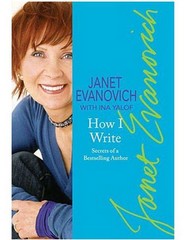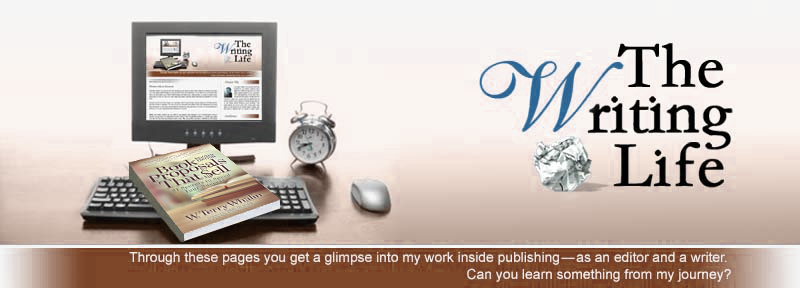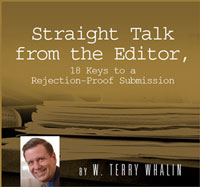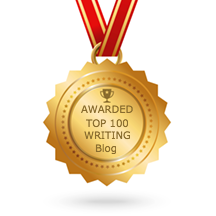Story Structure for Novelists
 Bestselling novelist Janet Evanovich has a new nonfiction book with a straight-forward title: How I Write, Secrets of a Bestselling Author. It’s always interesting to me when a bestselling novelist takes the time and energy to write one of these books. It reveals their desire to help other writers but also it’s a true labor of love since this type of book will not follow the blockbuster path of their novels. In other words, most of these types of books have modest sales.
Bestselling novelist Janet Evanovich has a new nonfiction book with a straight-forward title: How I Write, Secrets of a Bestselling Author. It’s always interesting to me when a bestselling novelist takes the time and energy to write one of these books. It reveals their desire to help other writers but also it’s a true labor of love since this type of book will not follow the blockbuster path of their novels. In other words, most of these types of books have modest sales.
Evanovich teamed with nonfiction author Ina Yalof for this book. Throughout the book, Yalof summarizes each section. I enjoyed this book but note it’s a general market book and in the examples from Evanovich’s writings, you may find a page or two which use a some four-letter words maybe not in your working vocabulary. As the author explains about why she writes mysteries saying, “I prefer writing action to relationships, because I suck at internal narrative. I also have more freedom of language with mystery. Okay, so I have a trash mouth. I’m from Jersey, what can I say?” (p. 69) OK, so now you have my single caveat but this book has some great insight for writers and I want to draw to some points from this book over the next couple of days.
When it comes to creating the structure for her stories, Evanovich uses a common screenwriting technique called storyboarding, which was created and fostered in the Walt Disney company among their animators. Here’s what Evanovich says in her new book, “It’s essential in any plot that you know where you’re going. Otherwise, you can paint yourself into a corner. My secret is to use a technique called storyboarding, which is what directors do when they make movies. I have a huge white dry-erase board that hangs on the wall in my office. I’ve already decided who the villain is going to be; I’ve decided what the crime is, and how the book is going to end. So now I map out in a couple of sentences what the physical action is going to be—that is, the action that is going to promote the crime line of the book. Every now and then, I’ll add what is going to happen in Stephanie’s romantic relationship and sketch in the secondary plot information as well. When you look at your storyboard, you can check your time line to be sure things are progressing in the right order. You can also track your character development, even your settings, to make sure everything is in conjunction with everything else and all of these are compatible with the storyline. Storyboarding gives me an overview of my novel.” (p. 85 & 86)
First-time novelists in particular have to have a completed novel before they write a query letter or book proposal and begin marketing. See her statement about writing or painting yourself in a corner? It’s why publishers require first-time novelists to have completed manuscripts—then they have that difficulty licked before the serious consideration gets underway from a publishing house.





















2 Comment:
I have this book in my wish list. It sounds interesting. Thanks for reminding me to get a copy.
Authors often are looking for ways to make their writing work. I like reading how they do it. This would work especially well with a visual mode learner, I'd think. Thanks for pointing this out. Fascinating!
Post a Comment
That's the writing life...
Back to the home page...